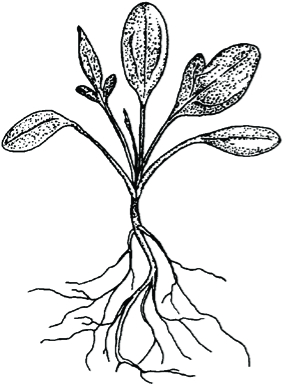
Nature scatters thousands of seeds for each that grows. Animals eat them (harvester ants!), they dry up or rot becoming soil.
If you want your native seeds to grow this season at your place, cover them, then water and weed. If you intend to leave them to come up with favorable weather in a couple or four years, cover carefully, or away they’ll go with the wind…
When Nature plants all year round. We mostly plant annuals in the spring, or in warm winter areas, in autumn. Try anything, drop seeds on the snow, plant when seeds around you are falling. Cover carefully if the seed must wait for moisture and temperature to call it up. Take advantage of our Summer Rains. Rain is magic growing water. Cool season grasses, like cool soil so plant in spring. Plant warm season grasses when the soil is warm – May, June – or wait until the Summer Rains.
Soil is housing and food. It needs air so roots can breathe. Rototill or chop up only if the ground is compacted, like a roadway. Otherwise don’t, it’s work, and it brings up buried weed seeds. Don’t use synthetic fertilizers. They are too strong for soil life. There are a million creatures in each pinch of soil. And with plants, synthetic fertilizers jolt them to green up and puff up. Puffed up plants require more water, more mowing, then fertilizer again – you can see the vicious cycle. Microorganisms have worked with plants millions of years. Help them with compost and compost tea. Soils are different in different places as is the sunshine and the people. Wherever we are our purpose on earth is to improve soil.

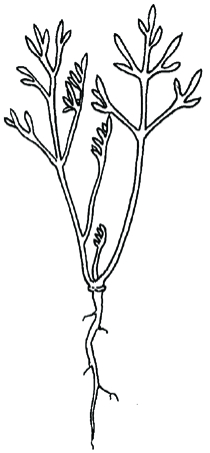
Sowing For slopes, make contours to catch water and slow erosion. Hand broadcast. For good coverage go over the area twice, north to south, east to west. Rake to cover seeds to ½’’ deep. If your soil doesn’t cover the seed or has little organic matter, use compost. Our western soils are mostly alkaline. Adding compost time and again pushes soil toward neutral, pH 7, where the most mineral uptake and best growth can happen.
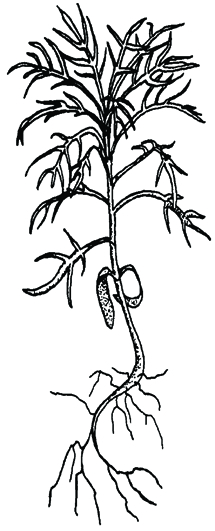
Watering a new seed bed Don’t let the soil surface dry out if you want plants this season. You can cover the area with an old sheet or row-cover for a couple of weeks or shallowly water often. When native seedlings are up an inch they have three inches of roots down under. Change your water schedule. Less frequent, deeper. Change again in month, etc. First winter, if dry, water once a month if the ground isn’t frozen. When established your meadow only needs occasional watering during dry spells.
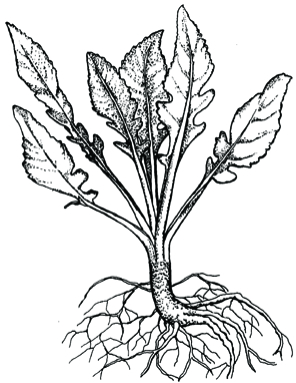
Compost is piling stuff up to rot – green (veggie waste) then brown (small cuttings, straw, rock dust, coffee grounds), then green (plant clippings), etc., adding water if dry, keeping air spaces with straw or cuttings. If the pile is stinky, it lacks oxygen, time to fluff it up. Winter is a quiet time but a lot can happen to compost. It can finish which means it’s ready to help give soil Tilth (see below). Winter is also an opportunity to smother weeds. Cover them with cardboard and soil and straw. The whole mess can compost the weeds and become soil if the winter has snow or other divine moisture. If there’s no winter moisture your property looks, well, as though you cardboarded it.
Not everyone can make compost due to raccoons…or lack of space. Make Compost Tea.
To help your trees, berries, and grapes get a cup of forest soil. To more easily and evenly use it, put in a bucket of water, mix to make a tea, and water with it.
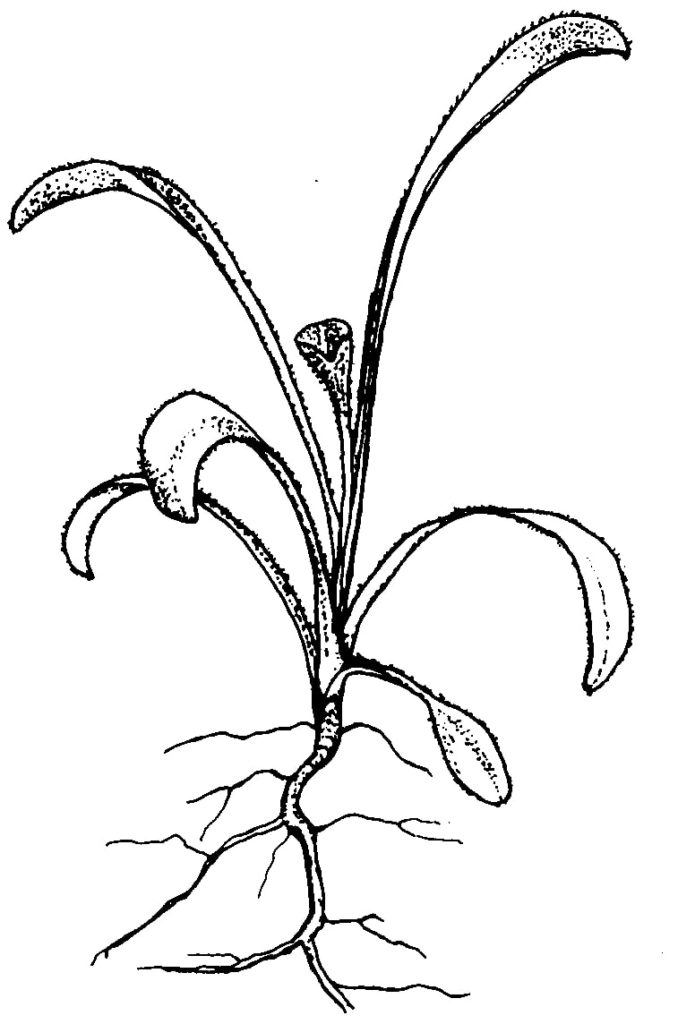
There are a billion organisms in a cup of that soil. There can be a mile of fungal threads in a thimble of forest soil. Forest = Fungi.
To help your veggies, grasses and flowers, get a cup of soil from a prospering veggie garden or meadow. Here there are more bacteria than fungi. Mix the good garden soil with water to extend the billion creatures and water your soil. Good soil brings meadows full of pollinators and healthy veggie gardens. Our depleted agricultural soils yield veggies with many times less vitamins, and less taste than our grandparents got.
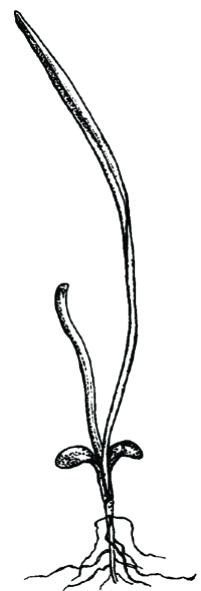
Keep teas aerated by stirring daily or use a fish tank pump. Teas too help give soil tilth. Tilth means soil is aerated, infiltrated, aggregated, mineralated and full of creatures.
Mulch is needful and nice looking. Cover the soil that covers the seed. Mulch prevents evaporation that is huge in our dry sun-filled country. Use your compost or straw… stones, good for some places can be too hot, bark chips are fine next to mature plants, but not over seeds since they steal nitrogen as they decompose. Binder, made from plant material, can help hold everything down. It’s spread on the very top and once wet it gets sticky and sticks around for a season.
Grow your mulch (cover crops).
Grow your fertilizer (nitrogen-fixers).
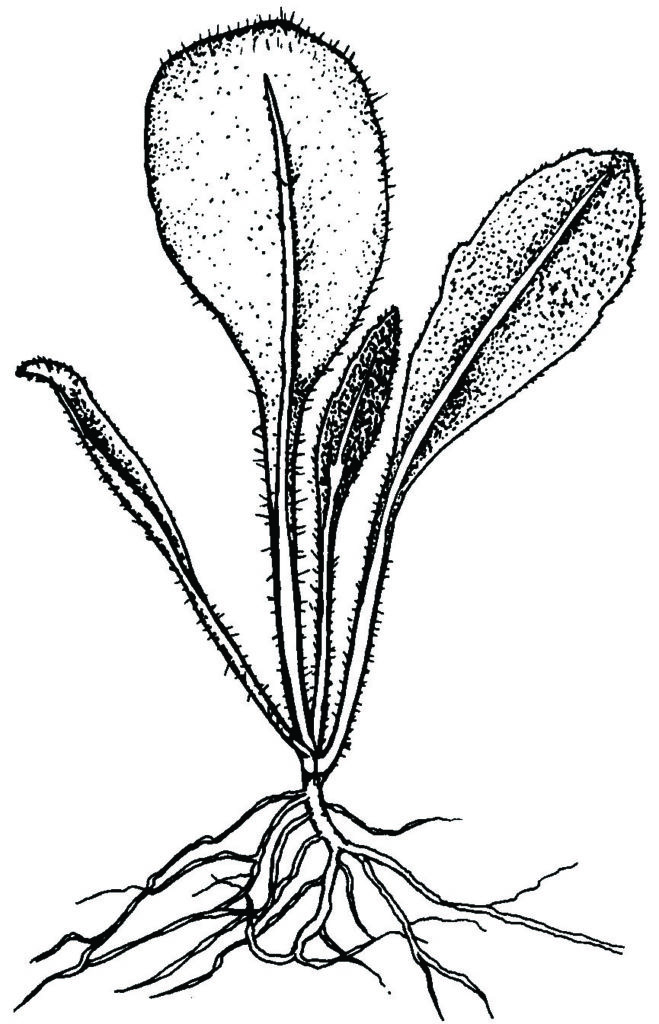
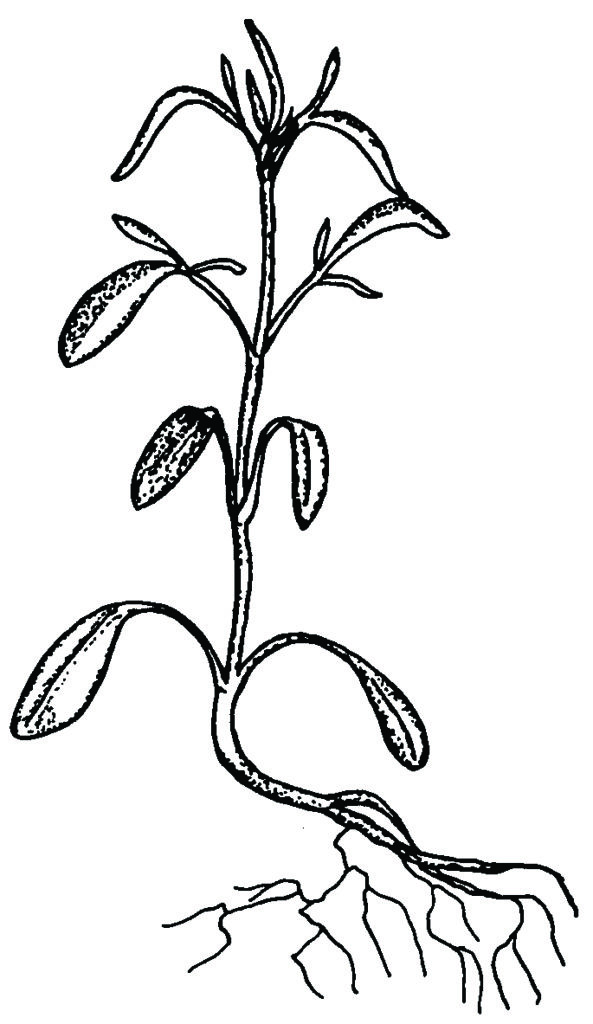
Mowing Herbivores mowed grasses and wildflowers forever. Mowing can stimulate growth, but not too close to the roots or plants croak. Too close (like 4’’) also means more water is needed because plants can’t shade themselves. Wait to mow wildflowers until after the flowers have bloomed and set seed.
Community Sharing and Avoiding Work If you see a beautiful meadow, go ask this neighbor if you can mow or cut the mature plants in seed in the autumn. Spread them on your place. You have seeds, mulch, compost, and creatures – all the bounty. When your meadow is grown, you can offer the same.